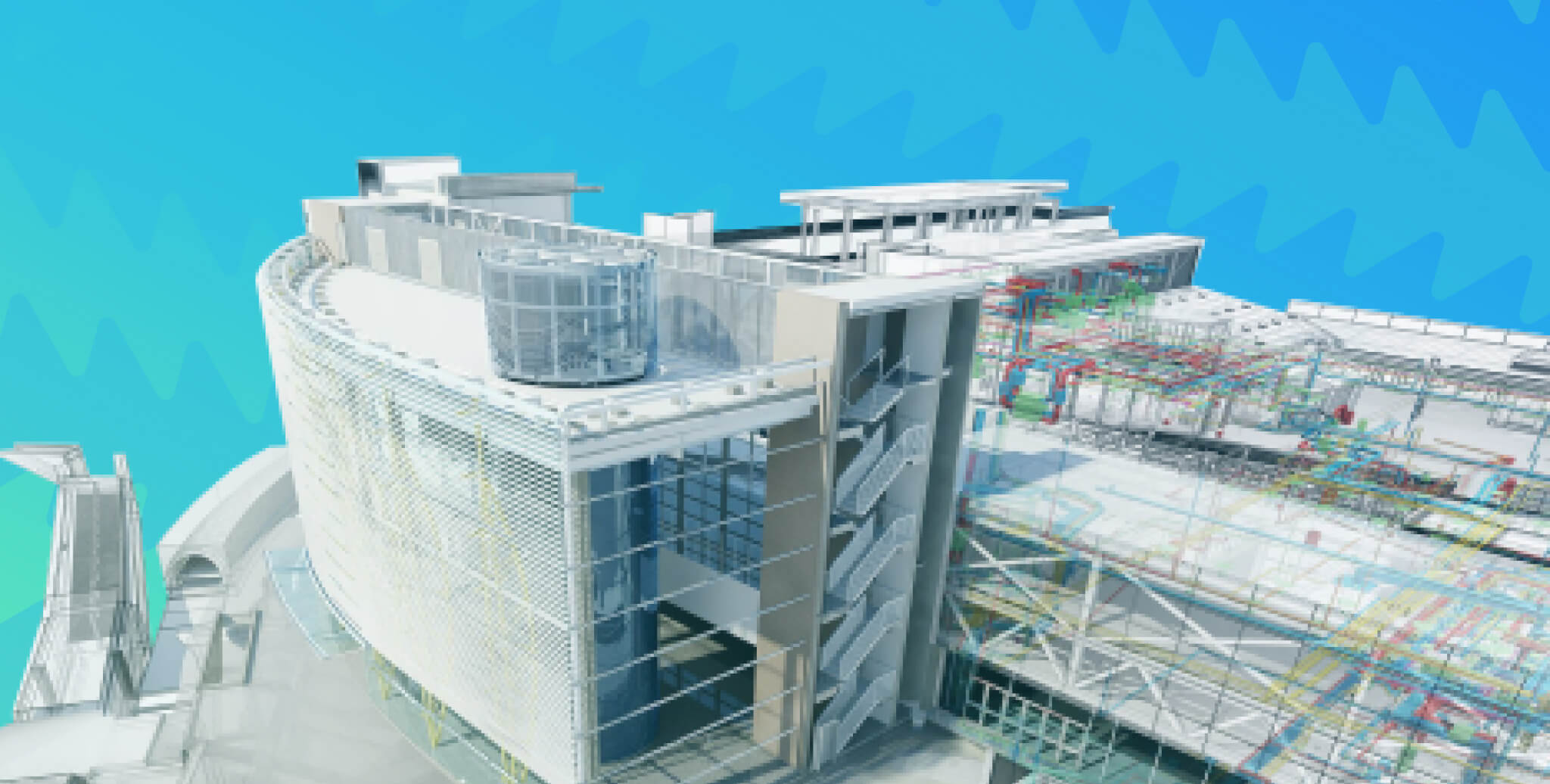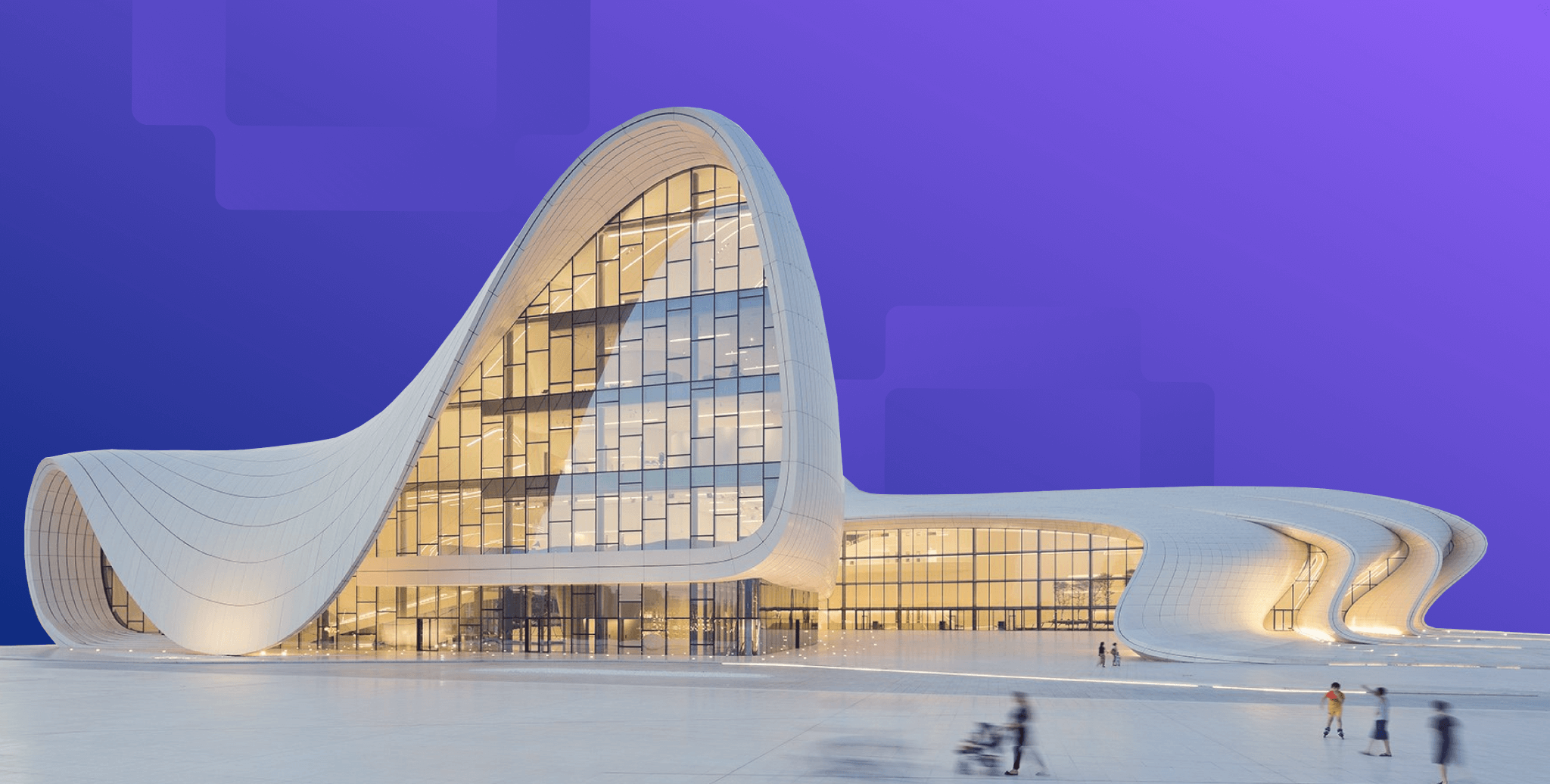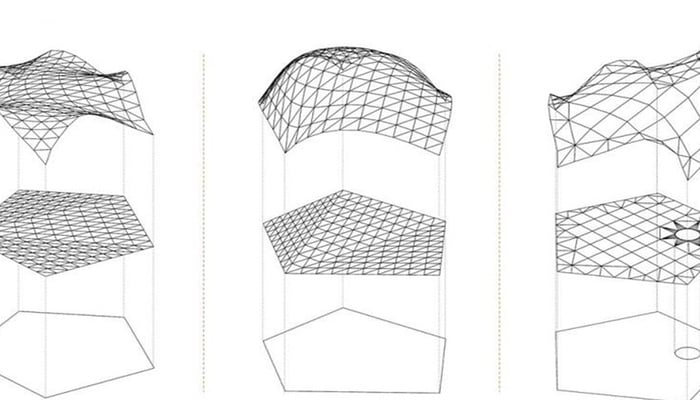How is Computational Design Used to Achieve Sustainability?

Table of Contents
In this article, we will understand what Computational Design is, and how Computational Design is used to achieve sustainability.
What Is Computational Design?
.jpg?width=1420&height=652&name=blog-header-2%20(2).jpg)
Computational Design is a growing trend in the architectural industry and is essentially using data-driven processes to optimise various stages of the design process, including creation, presentation, analysis, evaluation, interaction, and aesthetic expression.
It is a broad term that encompasses many activities, ranging from design generation to task automation. The common thread connecting these activities is the use of a visual programming tool. Visual programming lets designers use a combination of algorithms and parameters to solve and navigate complex design problems.
There are various subsets of Computational Design, namely Parametric Design, Generative Design, Algorithmic Design, Form Finding etc.
Want to know how Computational Design is used in Architecture? Check out: How Is Computational Design Used in Architecture in 2023?
Sustainability through Computational Design
.jpg?width=1200&height=1027&name=Sustainability-Workshop-Image-3%20(1).jpg)
Computational Design is very useful in achieving sustainable design by enabling architects and engineers to optimise the design of a building for energy efficiency and sustainability. It is also called - “Climate Smart Design” and can speed up the transformation to a more sustainable society.
Let’s see how Sustainability is possible with Computational Design:
-
Computational Design helps optimise the shape and orientation of a building to maximise natural light and minimise the need for artificial lighting.
-
Computational Design helps in the design of HVAC Systems to minimise energy consumption.
-
Computational Design can be used to analyse and optimise the use of materials in a building. Recycled or locally sourced materials have a lower environmental impact and can help achieve sustainability.
-
Computational Design allows architects and engineers to test and evaluate multiple design options and choose the most sustainable and efficient one. This leads to more innovative and effective solutions that would not have been possible with traditional design methods.
-
Computational Design can even help CREATE more sustainable and eco-friendly materials that are better for the environment and the people who use them.
Interested in learning this new-age skill? Check out: 8 Best Places to Learn Computational Design (2023)
Techniques in Computational Design that Help Achieve Sustainability
Now that we are aware of the impact the field of Computational Design can have on Sustainability, let us look at some of the techniques in Computational Design that can help achieve sustainability.
1. Urban Microclimate Simulations

Simulations are the foundation that show architects and planners in concrete numbers how urban planning and zoning can help to mitigate urban climate change.
This technique gives Architects and Engineers the power to harness the features for evaluating building aerodynamics, pedestrian wind comfort, indoor and outdoor thermal comfort, and structural wind loading on buildings, structures, and entire cities.
Software ideal for this: SimScale
2. Solar Studies - Simulations

Solar Study Simulations are extremely important while designing a climate-responsive building.
Ladybug performs detailed analysis of climate data to produce customised, interactive visualisations for sustainable design. Ladybug also supports the evaluation of initial design options through solar radiation studies, view analyses, sunlight-hours modelling, and more. Integration with visual programming environments allows instantaneous feedback on design modifications and a high degree of customization.
Software ideal for this: Ladybug
Also check out: Building a Career in Sustainable Architecture: Advice from a Sustainability Expert
3. Daylight Studies and Simulations
.png?width=1280&height=464&name=1%20(1).png)
Daylight Studies and Simulations are particularly important in non-domestic buildings because in such buildings the specificity of the activities or the high levels of illumination demand a more careful control on daylighting.
Daylighting simulation tools make it possible to evaluate the quantity and distribution of daylight in a room, while taking into account key influential parameters such as window placement, building geometry, external obstruction, interior divisions and material properties.
Software ideal for this: ECOTECT and Radiance software
4. Building Energy Modelling

Building energy simulation, or physics-based calculation of building energy consumption—is a multi-use tool for calculating building energy efficiency.
For this program to work, the user has to input geometry, construction materials, and lighting, HVAC, refrigeration, water heating, renewable generation system configurations, component efficiencies, and control strategies. The inputs also include descriptions of the building’s use and operation including schedules for occupancy, lighting, plug-loads, and thermostat settings.
The Building Energy Analysis program then combines these inputs with information about local weather and uses physics equations to calculate thermal loads, system response to those loads, and resulting energy use, along with related metrics like occupant comfort and energy costs.
Software ideal for this: cove.tool
5. Lifecycle Carbon Analysis

One of the most important factors of sustainable design is reporting carbon data. Whether it's embodied carbon or operational carbon, using BIM and Computational Design produces a lot of transparency.
From the beginning, or the conceptual design stage to the design development stage, there's always transparency about what materials you're using, what's the embodied carbon of each material, and where you're sourcing your materials from. Because BIM stores this information about what materials you're using, having the carbon data can really help in combating global warming.
Software ideal for this: Revit
So, that’s it! I hope this blog gave you the insight you needed on the relevance of Computational Design in the Field of Sustainability. Want to learn this technique in just 8 months? Check out Master Computational Design Course for Real World Application.
Interested to learn more about Computational Design and its career opportunities? Go to our Resources page to find more insights on these topics and more.

 Thanks for connecting!
Thanks for connecting!

-1.png)
-3.png?width=767&height=168&name=MCD%20B%20(Course%20Banner)-3.png)


/827x550/images/blog/blogHero/how_to_become_a_sustainable_architect.jpg)
.png)


-1.png)


